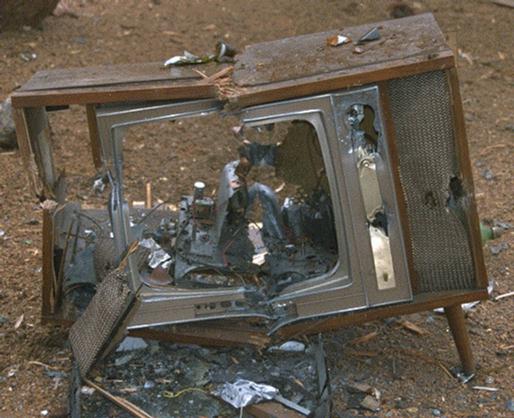The current TV model is a ticking time bomb. Aside from the fact that content providers seem intent on trampling the golden goose with triple-digit price increases, Millennials increasingly view linear broadcast TV as something for their parents’ generation. Although the industry has struggled in the past with new technologies like VCRs and pay-per-view, 2014 may be the biggest challenge yet for a business that has dominated entertainment for well over half a century.
We’re not ready for linear TV to go away yet, and no one wants to see the kind of price inflation in streaming apps that we’re seeing in cable and satellite prices. (Price increases would come quickly if pay-TV companies crumbled.) This is the right time for the TV industry to take stock of itself and make real and meaningful changes. Those changes may only buy them five or ten years, but that’s better than seeing TV collapse before its time.
Jason Lynch is the former TV editor for People magazine, which gives him a better pedigree than anyone here on staff, and he’s written an article with five ways that TV can save itself. We agree with Mr. Lynch and think that it’s critical that TV executives take this advice. They might consider a few more things as well…
It’s become overwhelmingly obvious that we need more diversity in TV programming, not less. More and more channels seek to get those high numbers by programming to the “dumb masses” they imagine are out there. Yet, the shows that really get the buzz are smart ones like Scandal and The Good Wife which reward smart viewing. There’s a place for feel-good TV too, and programmers shouldn’t be afraid of it. The point is that with a 500-channel satellite box there’s room for all sorts of programming, so long as it is uniformly good.
We also need more programs that are willing to take a chance. For decades, whenever a show is successful, a dozen “me-toos” have sprung up and almost all have failed. Shows like Friends, The West Wing, Lost,, Breaking Bad and others have succeeded because they were different, not because of their specific formulas. Start taking chances and you’ll see them succeed.
The other thing that’s become eminently obvious is that you don’t need to spend a lot of money to make good TV. The current model of using top-name stars and creating lavish production values will only take you so far, and it’s obvious that there is no shortage of talented amateurs out there who can make a product 99% as good for 10% of the price.
There’s one more idea that needs to be considered and it’s “the farm system.” All of the major broadcasters have attendant cable channels and maybe some shows need to start there and move up if they succeed. Start a show on ABC Family or Bravo before it heads to the local ABC affiliate. See if it gains traction. The pressure on these basic-cable channels is a lot lower and you’ll have an opportunity to let the show work out the kinks for the first year. If it looks promising, make the whole first season available on Netflix and move it up to prime time for season 2.
What do you think? How would you fix TV? Or do you even agree it’s broken?





